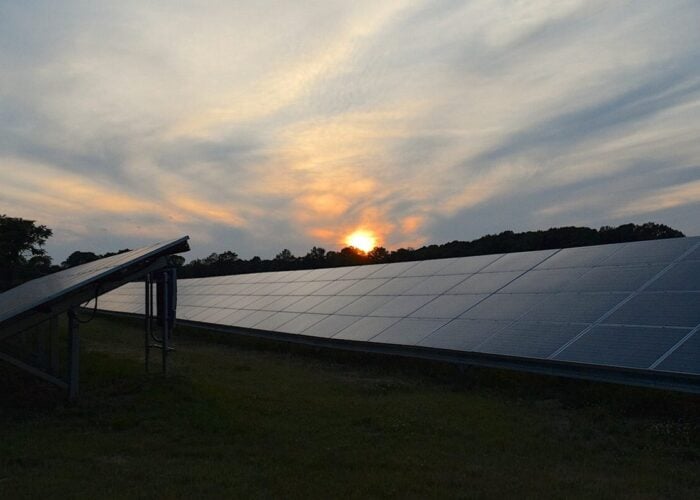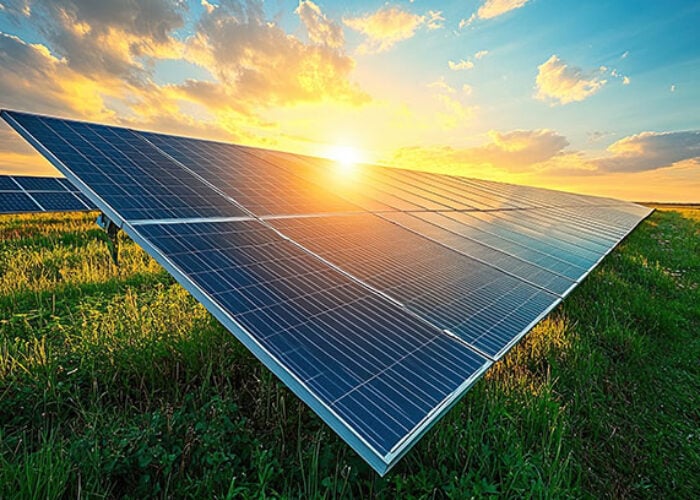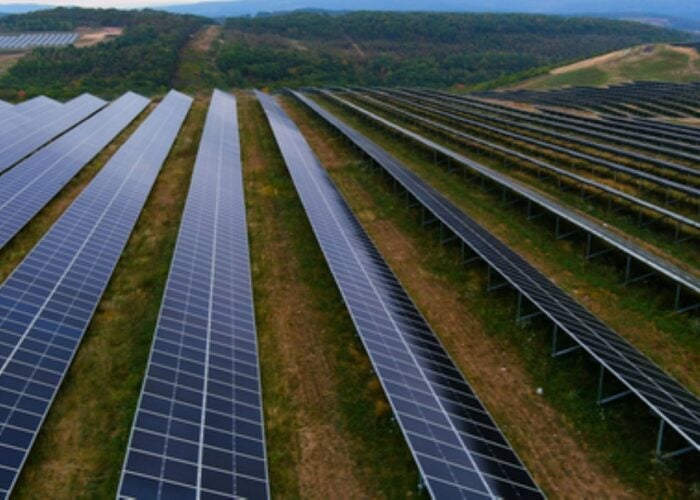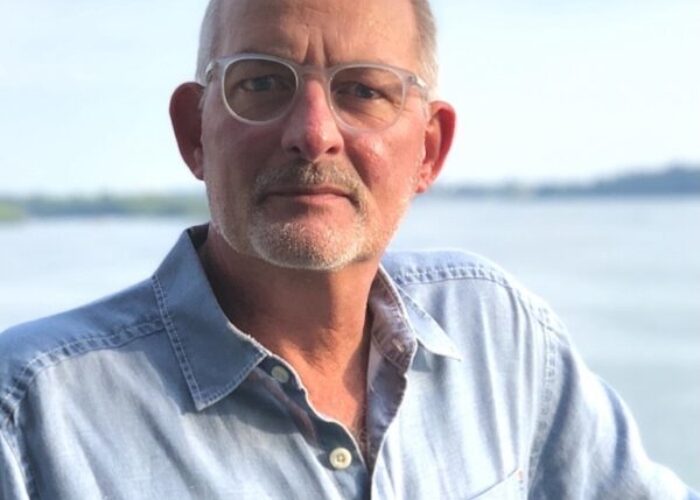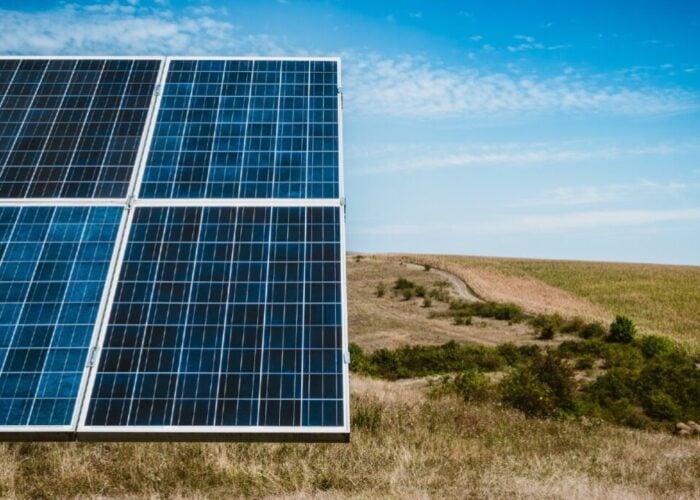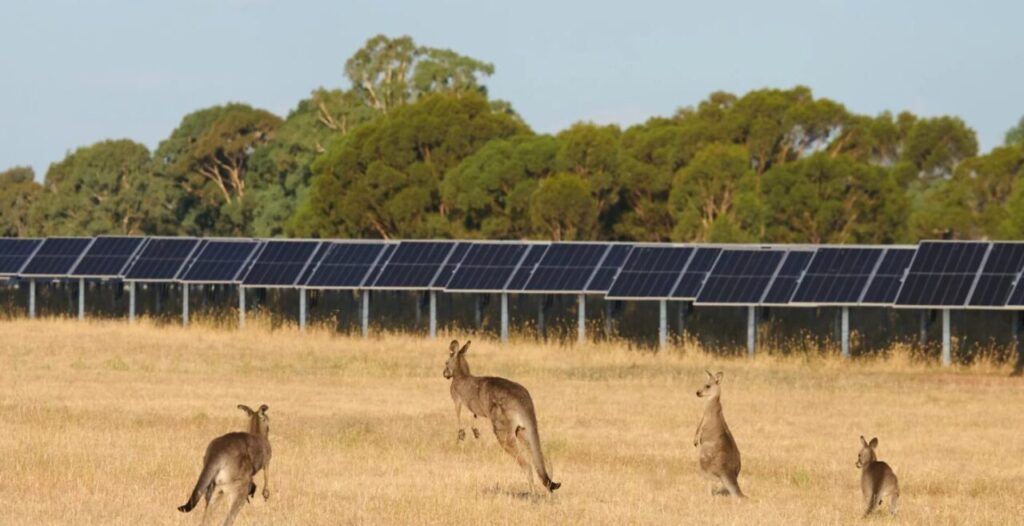
Planning uncertainty and policy instability regarding renewables in Queensland have seen it slip in investment attractiveness, with New South Wales now leading Australia.
This is according to the advocacy and engagement platform Clean Energy Investor Group’s (CEIG) latest 2025 Clean Energy Outlook, which declared New South Wales the most attractive region for renewable energy investment.
Try Premium for just $1
- Full premium access for the first month at only $1
- Converts to an annual rate after 30 days unless cancelled
- Cancel anytime during the trial period
Premium Benefits
- Expert industry analysis and interviews
- Digital access to PV Tech Power journal
- Exclusive event discounts
Or get the full Premium subscription right away
Or continue reading this article for free
However, despite its attractiveness, issues still plague New South Wales and impact its appeal.
Indeed, this includes inconsistent planning requirements and delays, slow and complex Renewable Energy Zone (REZ) access, and uncertain coal closure timelines, which foster uncertainty.
Queensland’s slide in investor attractiveness coincides with the Liberal National Party (LNP) of Queensland, under the leadership of David Crisafulli, taking office as the government of Queensland, following the election in October 2024.
Since then, renewables and energy storage, particularly pumped hydro, have taken multiple hits as Crisafulli focuses on renewable energy projects deemed “reasonable and realistic.”
One of the first casualties of this stance was the 5GW/120GWh Pioneer-Burdekin Pumped Hydro Project, deemed the world’s largest pumped hydro project, as our sister site Energy-Storage.news reported. It was scrapped because it was “not financially viable, not environmentally appropriate, and the community was never consulted.”
Since then, wind energy and solar PV have been the following technologies to be hampered by the new government.
In May 2025, the Queensland government announced plans to reform the approval process for solar PV and wind generation sites, including securing binding agreements with local governments.
Under the new rules, renewable energy developers must enter a binding community benefit agreement with the local government before lodging a development application. Specifically, developers must secure a social licence by demonstrating how projects will deliver long-term benefits for affected communities.
The reform also makes large-scale solar PV power plants assessable and subject to public notification. This makes them susceptible to the same development application rules as other renewable energy developments, notably wind.
Under the previous rules in the state, development applications were often handled by the local planning authority. The authority prescribes a level of assessment for a proposed development.
However, the changes make the Queensland government the statewide assessment manager for solar PV power plants.
This will be similar to the new arrangement for wind generation sites, announced at the start of the year, which has been described as “strict” by those across the industry, including law firm Allens.
Systematic barriers are slowing investment
Another finding in the CEIG’s 2025 Clean Energy Outlook is that slow planning assessments and transmission buildout delays have been deemed the biggest barriers slowing investment in the country’s energy transition. Given this, it is no surprise Queensland has slid in the investor attractiveness rankings.
Alongside this, grid congestion, curtailment and a complex connection process have all become major pain points for investors.
Recent analysis released by the Australian Energy Market Operator (AEMO) revealed the extent to which curtailment is having an impact on solar PV power plants connected to the National Electricity Market (NEM), with several utility-scale plants experiencing curtailment of above 25% in 2024.
Curtailment for solar generation averaged 4.5%, according to the organisation’s 2025 Enhanced Locational Information report.
The findings reveal that network hosting capacity is generally higher near load centres. At the same time, areas in south-western New South Wales and north-western Victoria face reduced capacity due to congestion.
In the near term, curtailment is expected to be particularly high in South Australia and Victoria, regions that are further along in their renewable energy transition. South Australia, in particular, has become one of the global leaders in the energy transition, with its grid already sourcing around 75% of its electricity from renewable energy.
Australia: the world’s toughest grid codes
AEMO’s Generator Performance Standard (GPS), which grants a grid connection in Australia, has been regarded as one of the toughest in the world. Tom Best, COO of Eku Energy, a standalone developer, owner, and operator of battery energy storage systems (BESS), told our sister site Energy-Storage.news that the process is “incredibly rigorous” earlier this year.
AEMO’s technicians put plants through “all manner of scenarios and ultimately push the plant or the model of that plant, until breaking point,” which requires project designers to undertake a “huge number of studies,” Best added.
After that, the process is documented in a GPS, which then needs to be agreed upon by the Network Service Provider (NSP) and AEMO before the market operator finally sends the 5.3.4A letter of compliance.
However, even upon receiving the 5.3.4A letter, the process does not finish here. Since the GPS is developed based on modelling, any modifications made during the construction phase, such as changes in plant design, cabling configurations, or other factors that affect its electrical characteristics, must be updated through a process known as R1.
A GPS can be granted to a project; however, the R1 process showcases that the project can meet or exceed its performance standards to AEMO and the network service providers. If this is not shown, the GPS can be revoked.
You can find out more about the grid connection process in Australia here.
Investor confidence in solar and battery storage remains high
Despite these challenges, the CEIG outlook provides a positive outlook for variable renewable energy technologies and energy storage.
Onshore wind, BESS, and solar PV are all ranked in the top three as the most attractive investment opportunities in Australia. However, it is worth noting that green hydrogen, which previously captured investor interest in the 2024 outlook, has seen a significant drop in the rankings.
For energy storage, BESS has been regarded as one solution to curtailment. AEMO’s 2025 Enhanced Locational Information report noted that adding 2-hour duration hybrid BESS or standalone storage systems could improve hosting capacity in most locations, underscoring the value of energy storage in alleviating grid bottlenecks.
Meanwhile, nuclear energy, which was a focal point in the Australian election in May 2025, ranked last, with marine and geothermal rounding out the bottom three least attractive technologies.
Our publisher, Solar Media, will host the Battery Asset Management Summit Australia 2025 on 26-27 August in Sydney. You can get 20% off your ticket using the code ESN20 at checkout

